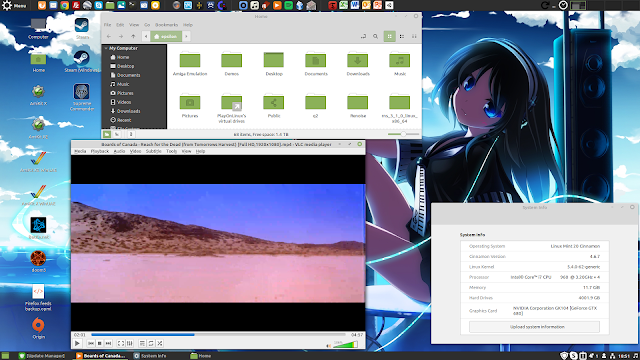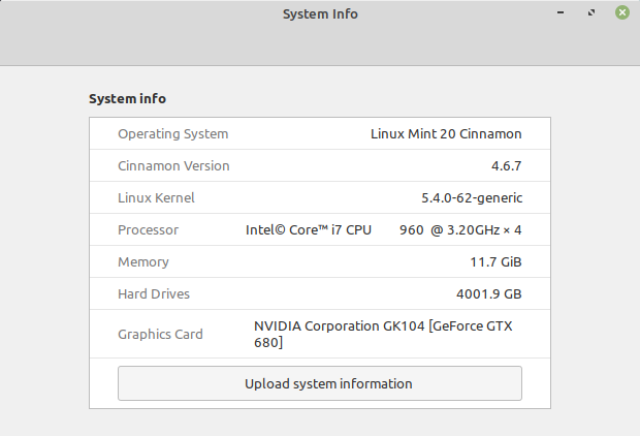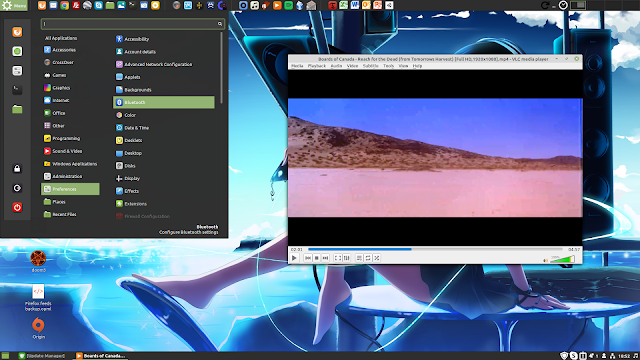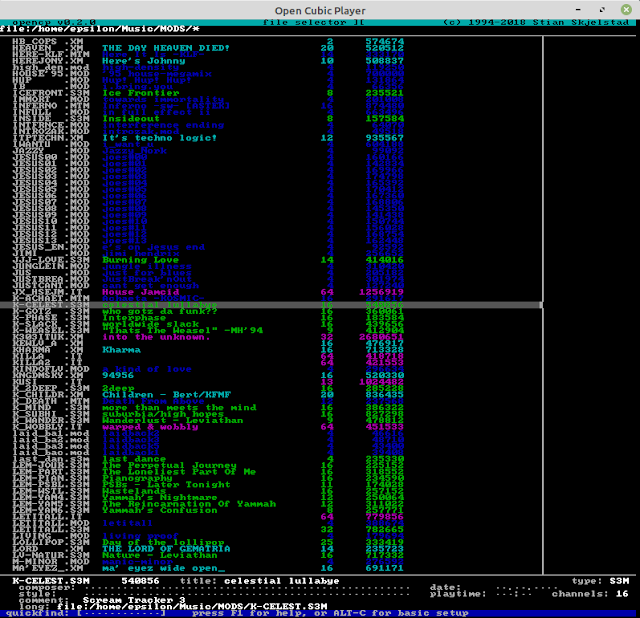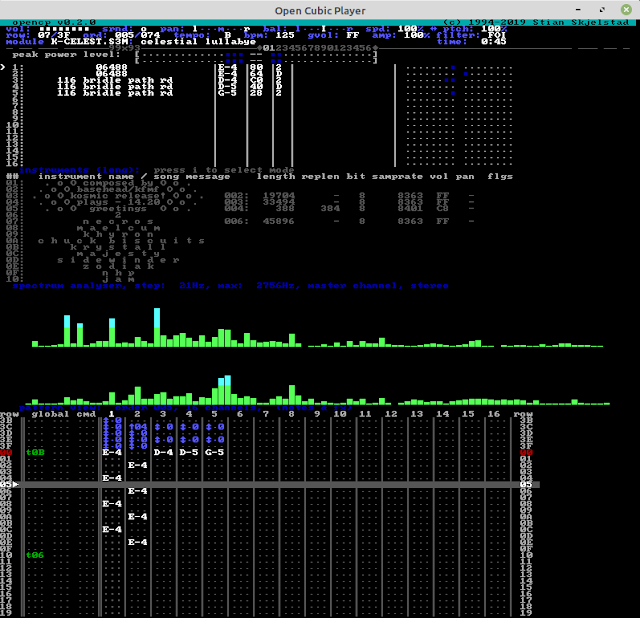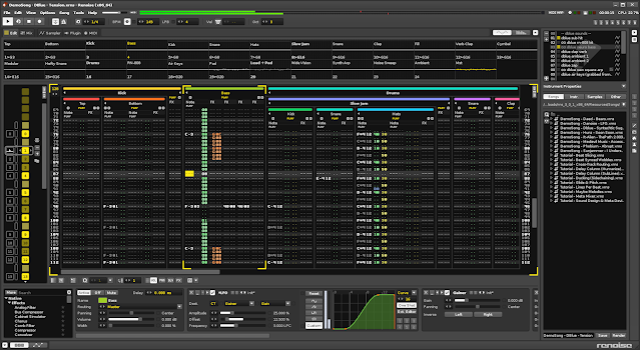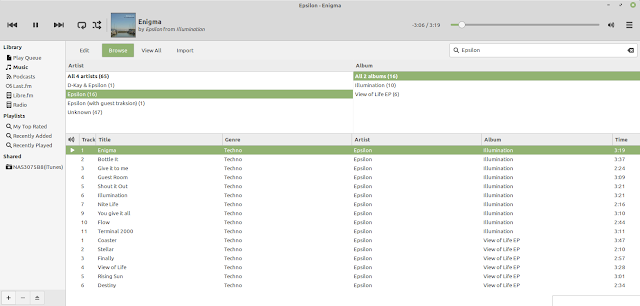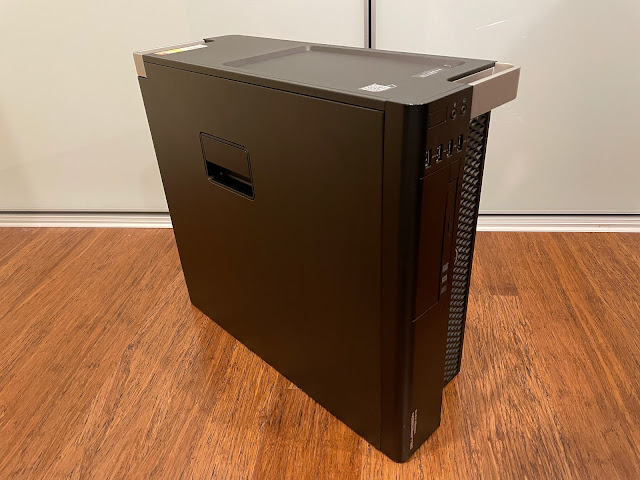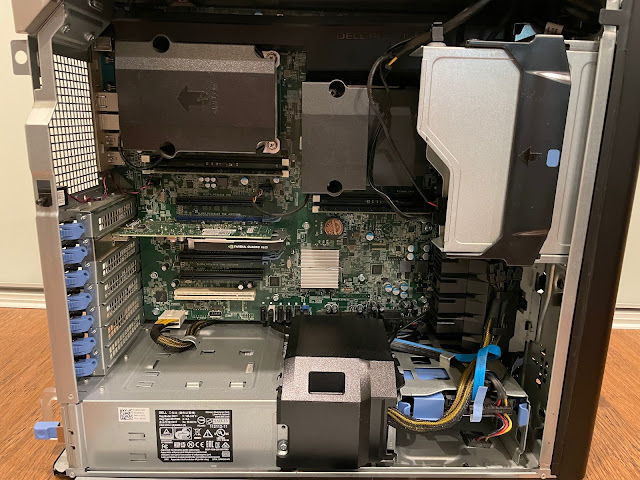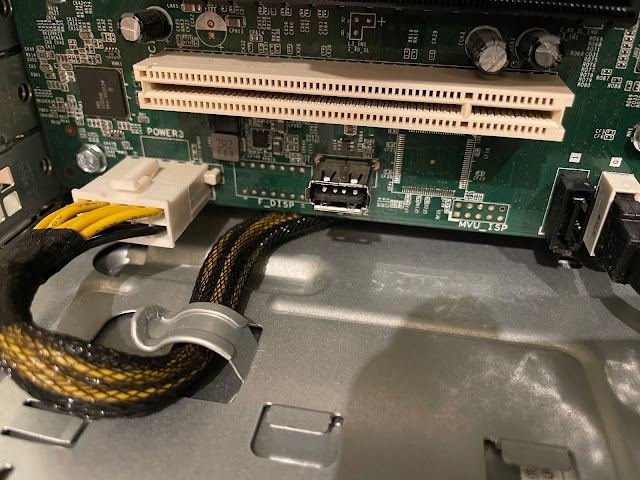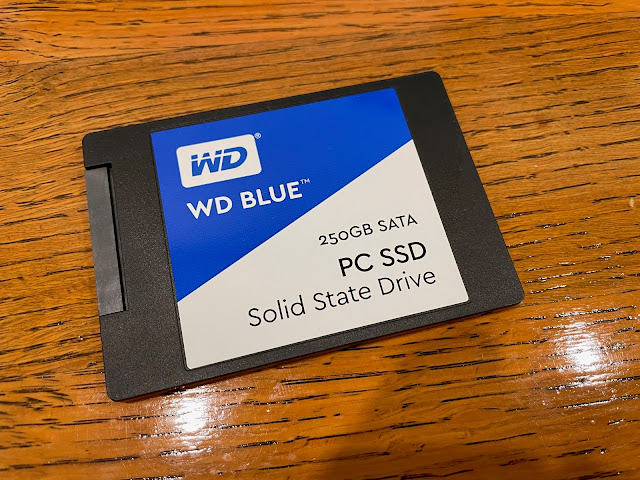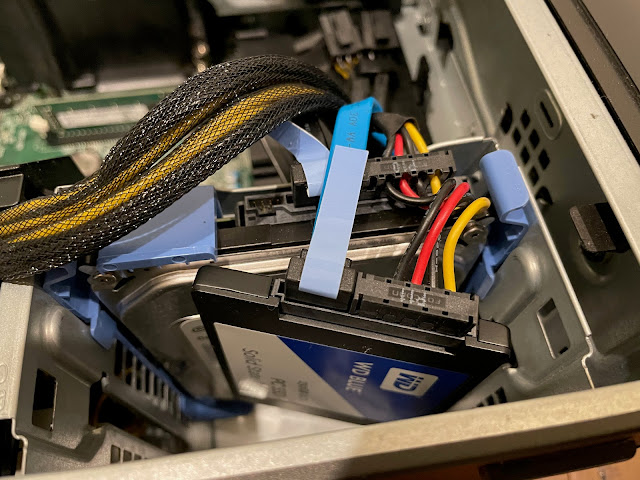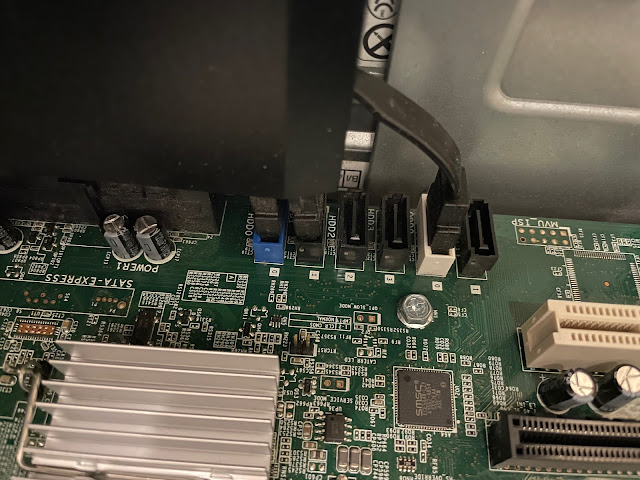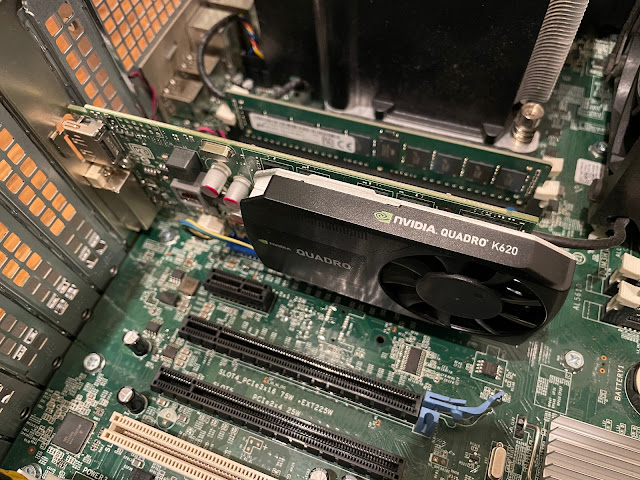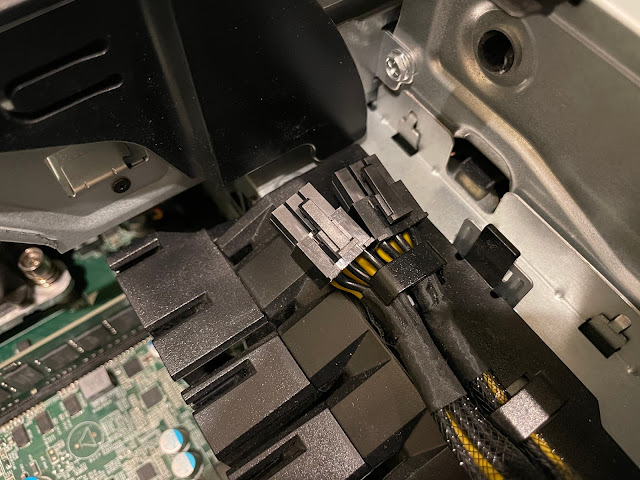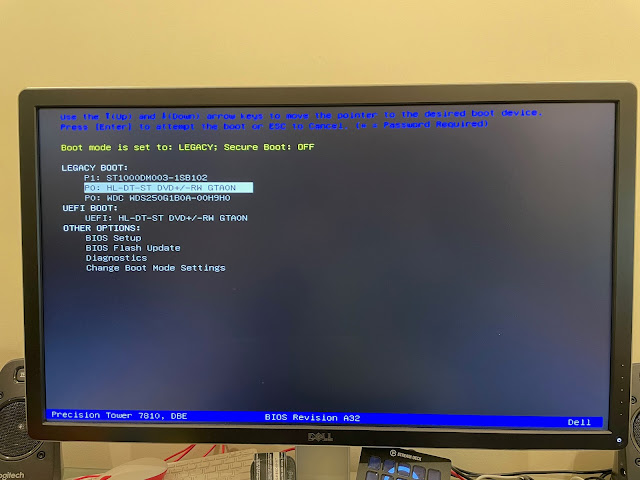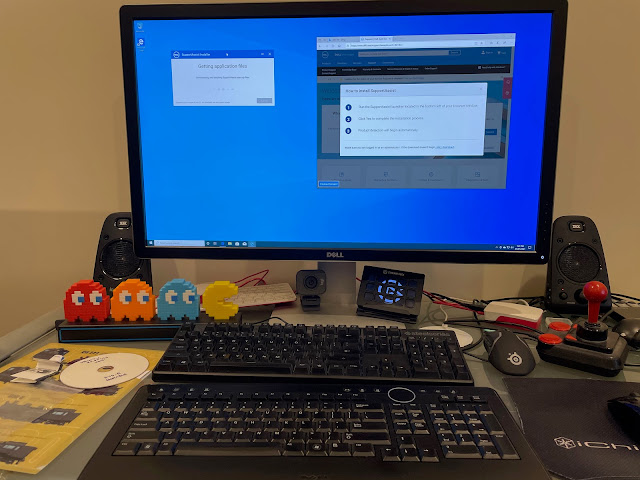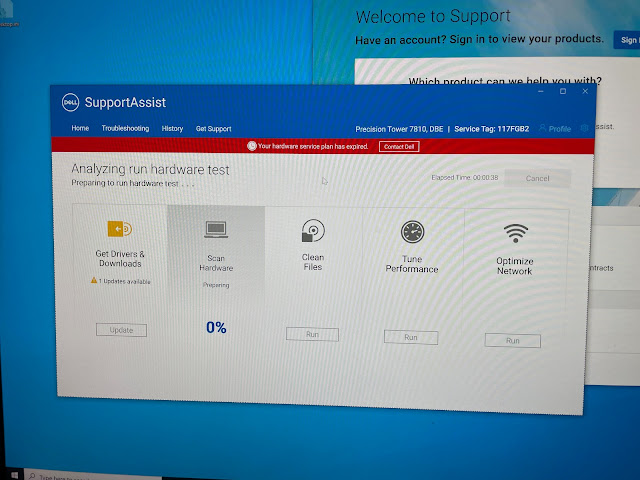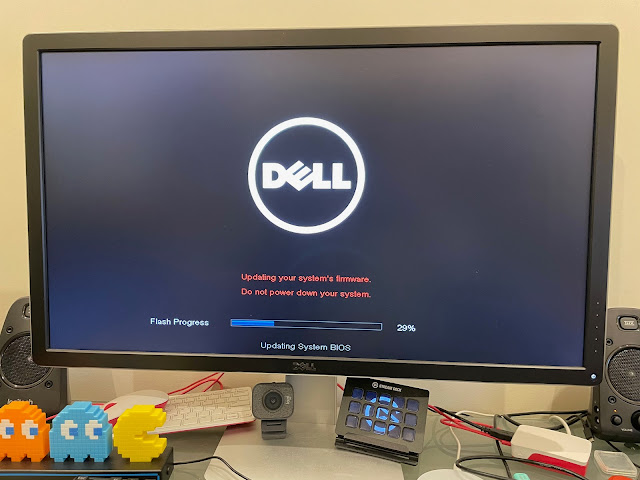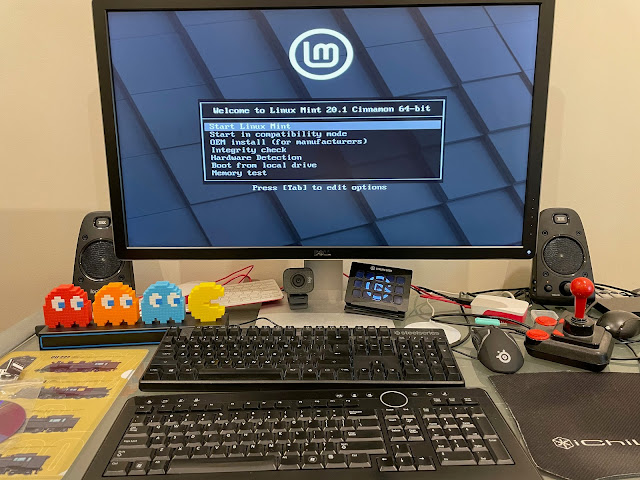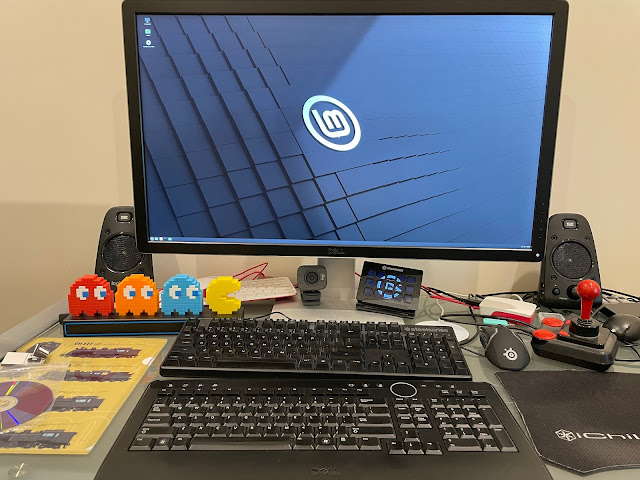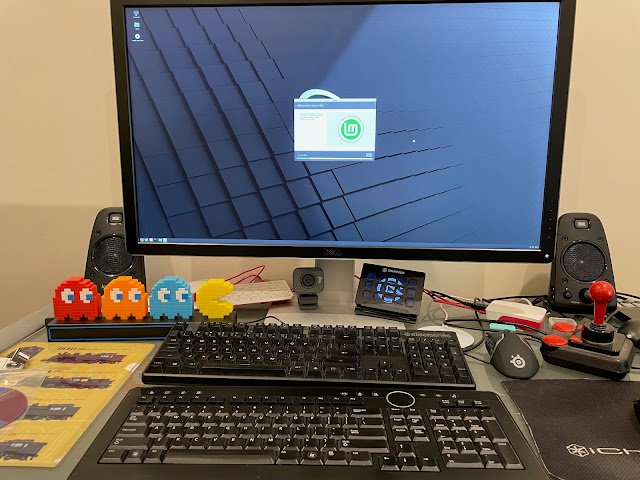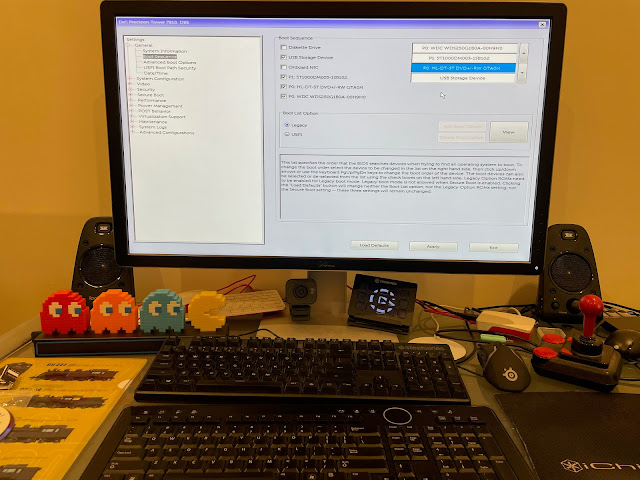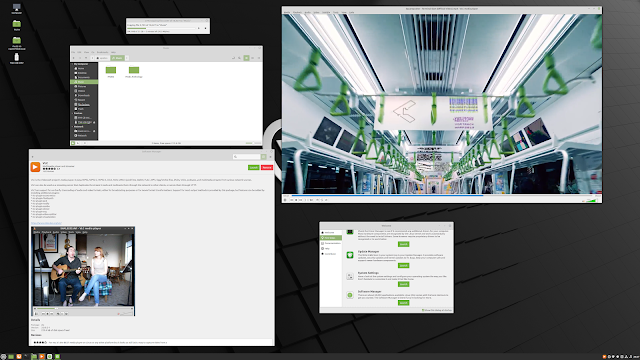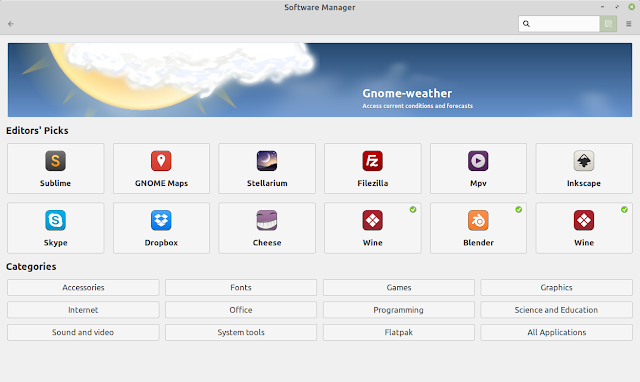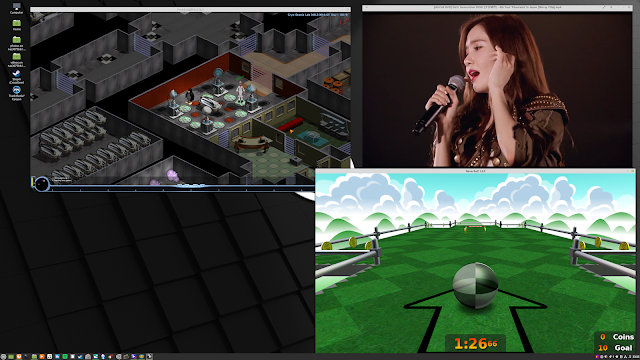Linux Mint v20.1 on my new Dell Precision 7810 and Core i7 PC
I decided to look at something modern today - the latest Linux versions.
I read about the release of Linux Mint 20.1 Cinnamon in January, and decided to install it as an upgrade to Linux Mint 19.3 (Tricia) on my 2012 Core i7 PC.
This PC has been my Linux PC since I replaced it in 2016 with my Alienware 15 R3 that I am still using today with Windows 10 for gaming and demos :-)
I have enjoyed learning a lot about Linux on this machine over the years, and these days it is getting a bit slow and showing it's age. It is one of the reasons why I run Linux Mint rather than Ubuntu on it.
I enjoy my Amiga and PC mod collection under Linux, which I play through Open Cubic Player, Schismtracker and Milkytracker. I have collected this music from my Amiga and DOS 6.22 PC eras in the 1980's and 1990's to the present day.
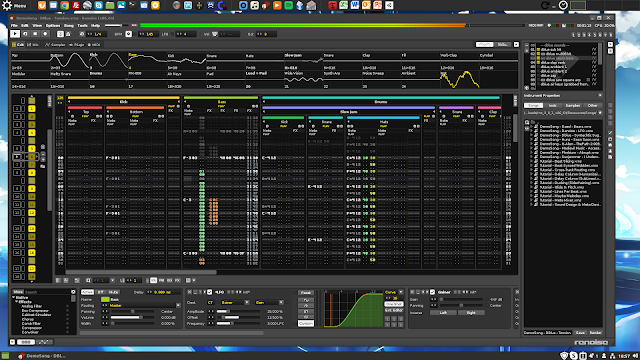
I converted my Impulse Tracker (IT format) modules I wrote to MP3 a number of years ago. Some of these can be listened to on my Soundcloud channel - the link for it is here.
The upgrade broke Steam (Linux), PlayOnLinux, AmiKit XE, and a bunch of games I had installed via Steam (Windows) - frustrating. I should have done a clean install but I spent a lot of time on the setup and didn't want to redo it. Heh, looks like I will have to anyway..
- 2x 6-core Intel Xeon E5-2620 v3 CPUs, for a total of 12 physical cores and 24 logical cores (hyper threaded)
- 32GB memory,
- SATA controller with RAID 0/1/5/10 support, 1TB SATA Hard drive running Windows 10 Pro for Workstations 64bit.
- Nvidia Quadro K620 2GB graphics card.
This is the rear view. It is interesting to me that this workstation still has a serial port, PS/2 keyboard and PS/2 mouse ports on them. Other modern PC's no longer include these:
Like a server, workstations include lots of instructions inside the case cover on how to upgrade and location of components in the system itself.
You can also see a onboard USB port. This would be for any require Dongles for software, or indeed to use for running VMWare ESXi or other hypervisor from USB without the need for a hard disk.
I had a spare 256GB SSD from an old non-working laptop which I plan to use to load the Linux system onto. The 1TB non-SSD disk included with the system has Windows 10 installed on it.
The intention is the dual boot the system, with Linux as the default. It was at this point I released the system didn't include an additional hard disk drive sled to mount the SSD on, but given it is an sealed SSD unit and not a fixed disk, connecting it directly without the drive sled is not a big deal until I can order an additional drive sled. They are easily obtainable on Ebay or elsewhere.
There are three SATA ports free and available to add additional drives, but the cables for the second hard disk are already there, just not hooked to anything, so I connected them up.
Here is a close up of the Nvidia Quadro K620 video card. This is definitely NOT a gaming card, but it is well supported by Linux.
The intention is to upgrade it to use my Nvidia Geforce 1080 GTX card I currently use in the Advanced Graphics Amplifier module on my 5 year old Alienware 15 gaming rig when I replace it later this year. This workstation has been upgraded with the higher rated PSU and can run the higher graphics card - the additional power supply plugs needed are there and ready to connect to the new card.
Moving on, I booted the system and took a peek at the boot mode menu - my SSD is picked up, and I see the BIOS is set to Legacy mode boot rather than UEFI boot.
I booted into the Windows 10 setup to begin with, as delivered on the PC. I could see the machine had been imaged and generalised.
I set to work updating the BIOS and other firmware on the PC, and the Windows drivers too of course. I do this first under Windows 10 as the Dell updater software works much easier with Windows than dealing with the Linux way...
With that done, I burned off the Linux Mint 20.1 Cinnamon ISO to DVD and booted off the DVD into the Live Linux Mint environment. Yes, I know I could have written it to USB, but I wanted to test the DVD drive worked, and pleased to say it worked fine:
For those curious, the Dell wireless keyboard and mouse I am using on the new Linux PC actually came from an older Dell PC my father owned and played his favourite games on for years. He gave it to me in late 2020 after Xmas to use/strip for parts, and it included this keyboard and mouse.
Now it is changed to use the 250GB SSD first, then the Windows 10 fixed HDD, then DVD and USB boot drives.
In the meantime, I plan to muck around with Retro system emulators like Amiga, C64, DOSBox, MAME and also VirtualBox on this Linux machine, so stay tuned for that!
